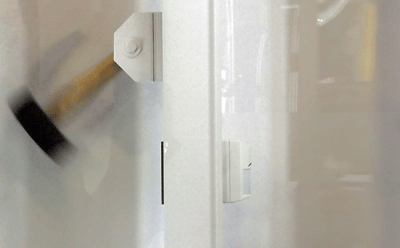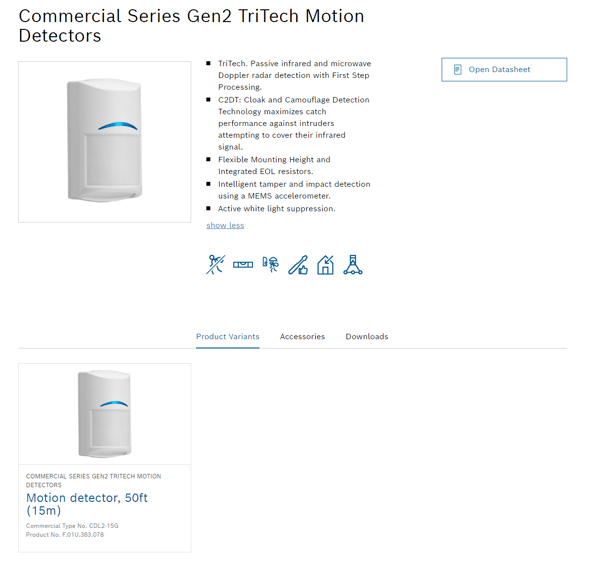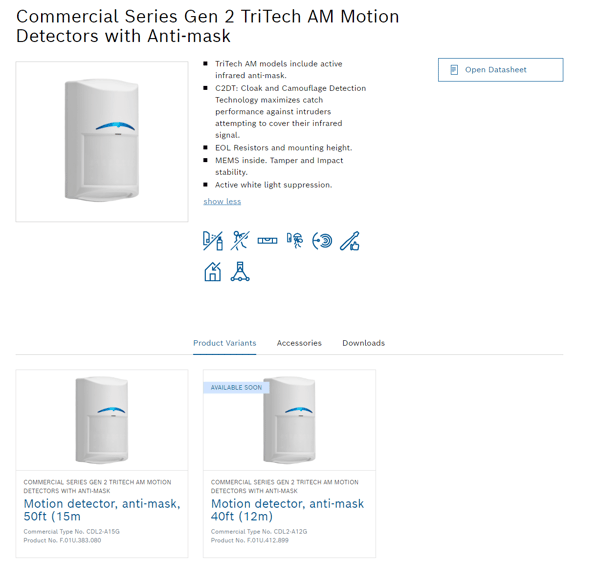Motion detectors play a pivotal role in detecting unauthorized entry and safeguarding premises against intrusion. However, deploying these systems effectively involves navigating several key challenges that both security installers and end users frequently encounter. These challenges range from managing false alarms due to environmental factors, ensuring robust tamper detection, detecting deliberate masking of the device, to overcoming complexities in installation. Bosch's new Commercial Series Gen2 Detectors (CDL2) have been specifically engineered to address these concerns, offering innovative solutions that enhance reliability and ease of use.
In this video, Keegan Kinslow of Bosch Security Systems and Tom Fontana discuss and demonstrate Bosch's CDL2 solutions to the four biggest challenges:
- Shock and vibration
- Tamper detection
- Anti-masking
- Installation
Addressing Shock and Vibration
A common source of false alarms in motion detection systems is the device's sensitivity to movements, such as minor shocks and vibrations from environmental sources. The Bosch CDL2 motion detectors tackle this issue head-on with the inclusion of a MEMS (Micro-Electro-Mechanical Systems) sensor. This advanced sensor is capable of distinguishing nuisance vibrations and shocks from genuine threats, significantly reducing false alarms and ensuring that security personnel can focus on real incidents.
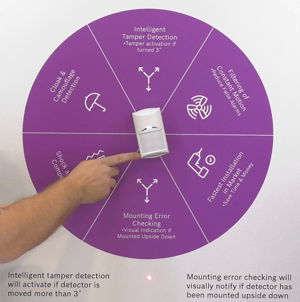 Enhancing Tamper Detection
Enhancing Tamper Detection
The integrity of a security system is only as strong as its resistance to tampering. Traditional motion detectors can sometimes fall short in detecting attempts to alter their orientation or position. Bosch has enhanced the tamper detection capabilities of the CDL2 motion detectors with an onboard MEMS sensor that automatically identifies a change in orientation as slight as 3 degrees. This sensitive detection mechanism alerts security teams to any tampering attempts, ensuring the motion detector's operational integrity is preserved.
Combating Anti-Masking Techniques
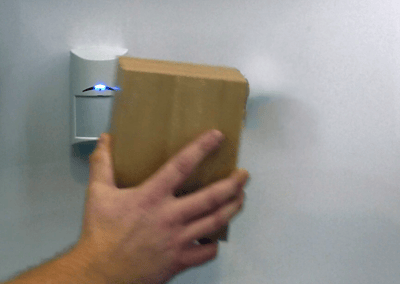 Bad actors often attempt to evade detection by covering or masking motion detectors, allowing them to return to the scene later to a detector that can't see them. The Bosch CDL2 motion detectors respond to this challenge with improved anti-masking capabilities. These devices are equipped to detect and alert security personnel when they have been covered up, thwarting intruders' attempts to neutralize the security system prior to acting on their plan and maintaining continuous monitoring coverage.
Bad actors often attempt to evade detection by covering or masking motion detectors, allowing them to return to the scene later to a detector that can't see them. The Bosch CDL2 motion detectors respond to this challenge with improved anti-masking capabilities. These devices are equipped to detect and alert security personnel when they have been covered up, thwarting intruders' attempts to neutralize the security system prior to acting on their plan and maintaining continuous monitoring coverage.
Simplifying Installation
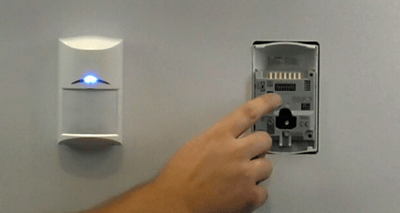 One of the historical challenges to motion detectors has been the complexity of their installation when an installer is on a ladder with limited space to work. Bosch has addressed this challenge by implementing removable terminal strips that simplify the wiring process. Furthermore, the integration of dip switches for configuring End-of-Line (EOL) resistors facilitates seamless integration with third-party alarm panels, eliminating the need for legacy jumpers. This simplification streamlines the installation process, reducing the time and technical expertise required to deploy these critical security components.
One of the historical challenges to motion detectors has been the complexity of their installation when an installer is on a ladder with limited space to work. Bosch has addressed this challenge by implementing removable terminal strips that simplify the wiring process. Furthermore, the integration of dip switches for configuring End-of-Line (EOL) resistors facilitates seamless integration with third-party alarm panels, eliminating the need for legacy jumpers. This simplification streamlines the installation process, reducing the time and technical expertise required to deploy these critical security components.
The Next Step
Bosch's CDL2 motion detectors represent a significant advancement in intrusion detection technology, addressing the primary challenges that have traditionally complicated the deployment and effectiveness of motion detection devices. By innovating in the areas of shock and vibration sensitivity, tamper detection, anti-masking capabilities, and installation ease, Bosch has set a new standard for motion detectors. These enhancements improve the reliability and effectiveness of physical security systems. With the CDL2 motion detectors, Bosch continues to demonstrate its commitment to advancing security technology, offering solutions that meet the evolving needs of security professionals and end users alike.
Contact us for a demonstration, price quote, or system design assistance >>
Technical Details >>


